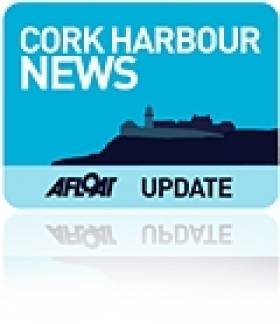Displaying items by tag: Quays
100 Boats Expected for Saturday's Cobh to Blackrock Yacht Race
This historic race – sponsored by the Port of Cork – will again feature strongly as one of the biggest events supporting this years Cork Harbour Open Day
Starting at midday off Cobh Promenade the race will continue along its traditional route passing Ringaskiddy, Monkstown, Passage, across Loch Mahon and along to the finish at Blackrock Castle.
All boats are then invited to continue up to the City Quays where complimentary berthing will be provided by the Port of Cork at the Cork City Marina.
A barbecue and usual refreshments will be available at the Boardwalk Restaurant (just opposite the City Pontoon) along Lapps Quay. The prize-giving will take place during the afternoon at the Boardwalk. Crews, their families and friends will have plenty of time to relax and enjoy themselves as we wind up the CSC laptop (and operators) to collate the dozens of times across all manner of classes in to a meaningful set of results.
The club would appreciate it if competitors would come along to support the after race festivities and prize-giving, especially if you think you may have won something. As always, the race is free to enter and a collection will be held for the RNLI during the afternoon.





























































